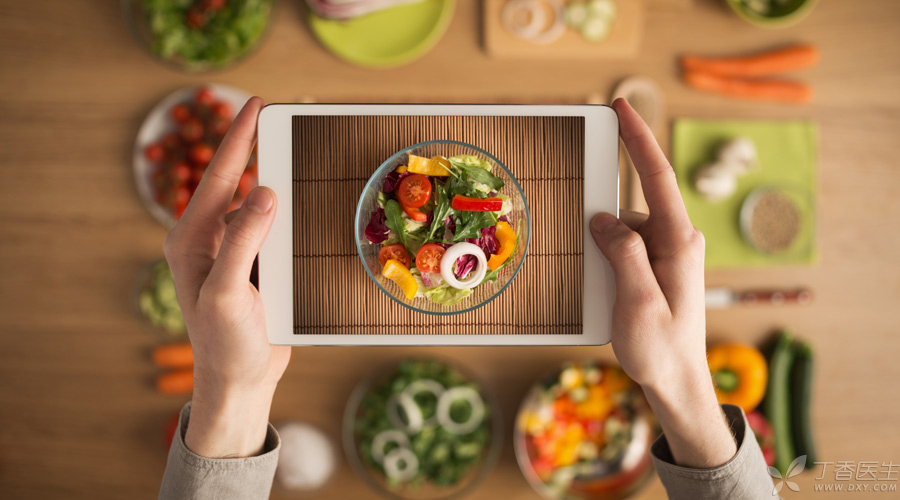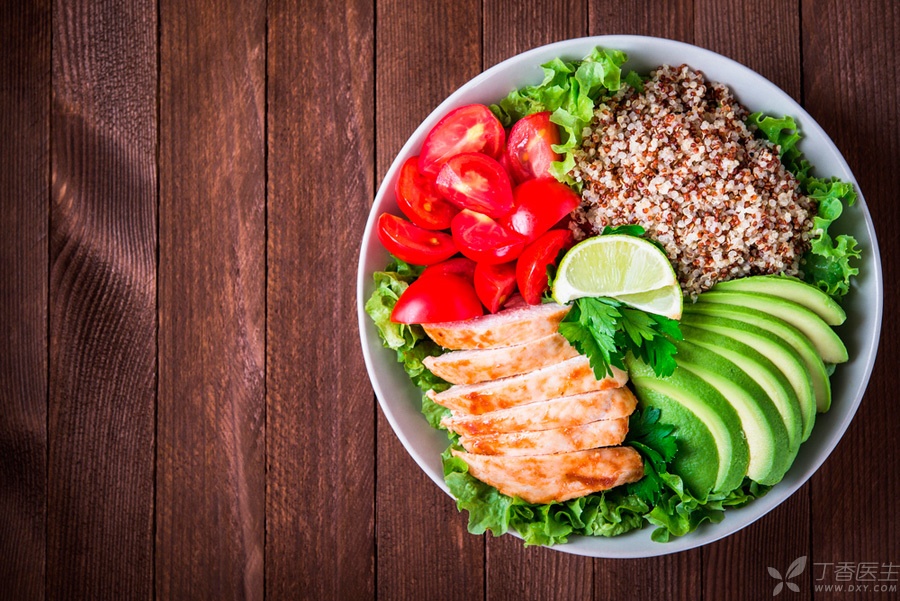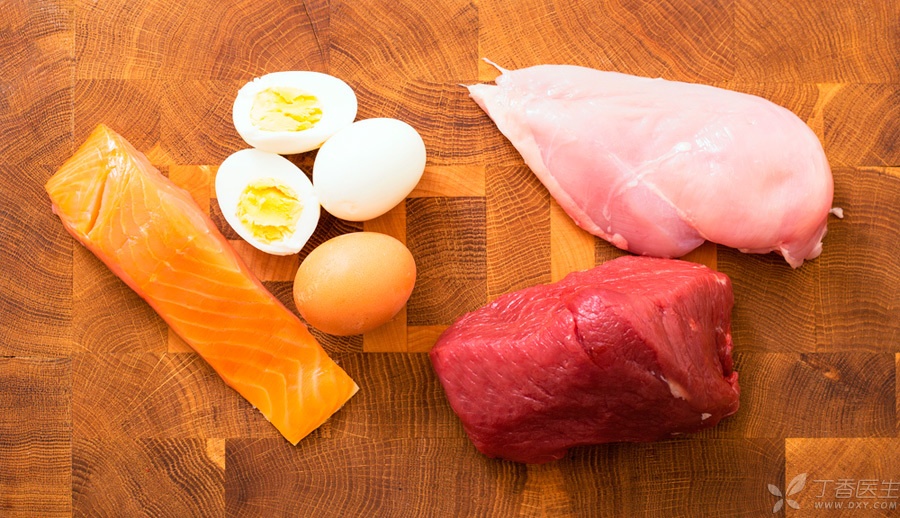
Clearly know to lose weight, reduce fat and control calorie intake, you have to shut up, but every meal will still last.
I should stop talking when I am full after two bites, but I can still eat two bites when I am full.
In life, many people have such troubles.
Why is it difficult to control the amount of food eaten? Is it difficult to control the speed of eating?
Because your techniques for controlling satiety need to be refined.
How can we reduce our appetite, eat [70% full] and have a [smart stomach] that can accurately feel whether food is enough?
Let Teacher Fan Zhihong teach everyone.
Her seven moves are worth trying.
Is it how’s feeling to be full at seven?

At the beginning, we must first make clear how to calculate seven points full.
Experience this feeling:
I haven’t felt my stomach is full yet, but my appetite has decreased. I habitually want to eat two more bites, but if I withdraw my food, I will soon forget to eat more. Moreover, I won’t be hungry again soon within the next 4-6 hours.
This is the feeling of 70% satiety. This is also the actual amount of food the body needs. This amount of food will not make people hungry fast and will not make people fat easily.
Concentrate on eating!

The feeling of [satiety] requires concentration in order to be timely and accurate.
If you eat while playing with your mobile phone, watching your computer and dispersing your energy, it is even more difficult to feel hungry.
Many people often unconsciously eat 80% of the burden on their stomachs, even to the extent that they feel it when they eat one more bite. Only then do they realize that, alas, they seem to have eaten too much. By this time, they are already 90% full!
How can we not only satisfy our appetite, but also easily control our appetite? Here are 7 methods.
Step 1 Use smaller tableware

The same amount of food, packed in smaller tableware, is even more full, giving people the illusion of eating a lot.
Under the condition that free rice is allowed, the less food on the plate is filled at one time, the less food will be eaten.
Therefore, if you want to control your appetite and change small tableware, you can contain less food each time.
2. Choose foods with high satiety

Satiety refers to the feeling that people no longer have appetite for a period of time after eating.
The feeling of satiety is high, not in terms of volume or weight, but in terms of energy contained in food.
For the same 100 kilocalories of food, it is about 500 grams of Chinese cabbage, 170 grams of whole milk, 85 grams of cooked rice, 35 grams of staple bread and 20 grams of crisp biscuits.
Obviously, those foods with large volume and high fiber will make you feel full more easily.
Generally, foods with high satiety have the following characteristics:
1. No oil, no sweetness
2. High protein content
3. That fiber content is high, it can absorb water and expand, and the gastric emptying speed is delayed.
4. Good chewiness, slow eating speed
However, foods with strong satiety usually have good nutritional value.
In addition, foods with high water content and large volume can make the stomach feel [full] in advance. For example, drinking eight treasures porridge and eating a large amount of vegetables or fruits with less oil are easier to make the feeling of 70% full come ahead of schedule.
In contrast, eating those [dry goods]-chopped green onion crisp cakes, fried dough sticks, biscuits, steamed buns, etc., when the stomach feels full, is usually excessive.
3. Half an hour before meals, have some liquid.
Half an hour before meals, drinking water, milk, soya-bean milk, soup without oil, etc. can reduce hunger and make people eat less.
Step 4: Eat food before eating
It is not easy to eat too much if you eat foods with low calorie, high fiber and high water content, such as green leafy vegetables, and then eat other foods.
5. Have a high protein diet at every meal

To control appetite, high-quality protein, such as fish, meat, eggs, bean products, etc., is necessary.
Many dieters say they are more likely to be hungry after eating coarse cereal porridge and vegetables because they do not eat enough high-quality protein and the amount of staple food is seriously insufficient.
6. Slow down and chew more
The stomach and intestines need a reaction time to give the brain a “full” signal by secreting hormones related to appetite and raising blood sugar.
If you wolf down, your brain has not received a signal and you have eaten too much…
Moreover, chewing more can also help reduce the gastrointestinal burden.
7. Eat on time and keep your appetite stable.

Don’t eat more than one meal and less than one meal, don’t eat a full meal, don’t eat snacks until you arrive at the meal, don’t carry hunger when you arrive at the meal.
Only by eating regularly can the body feel that the food supply is very secure, the appetite will not rise wildly, and the ability to control satiety will be more accurate.
If you accidentally eat too much at one meal, eat the next meal on time, but eat less. Usually if you eat too much at the last meal, the next meal will feel full ahead of time. But don’t skip the next meal, which will easily upset the eating rules.

After reading these methods, have you learned to control your appetite? It’s not that difficult, is it?
Starting from the next meal, choose the food according to the above methods, adjust the eating order, concentrate and eat slowly. Don’t play with your mobile phone, watch TV, stop chatting, and experience the feeling of gradually fulfilling your stomach… You will find that finding the 70% full point, eating less and not hungry are not as difficult as imagined.
Share it with partners who want to reduce fat and weight together ~ eat and drink healthily and live healthily.
